Libri, film e articoli consigliati per approfondire il tema della leadership e del coaching.
Bibliografia consigliata
 |
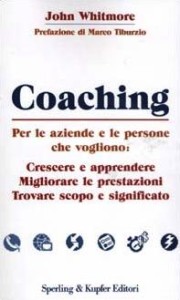 |
|
| Coaching e team coaching Gli obiettivi, il processo e gli strumenti E. Del Pianto |
Coaching Per le aziende e le persone che vogliono: crescere e apprendere, migliorare le prestazioni, trovare scopo e significato J. Whitmore |
|
 |
 |
|
| Essere leader D. Goleman, Richard E. Boyatzis, Annie McKee |
Lean relationships. Come sviluppare relazioni snelle in azienda A.Di Lenna |
|
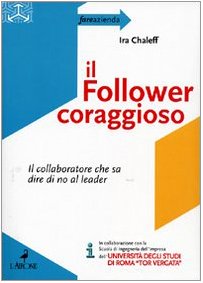 |
 |
|
| Il follower coraggioso Il collaboratore che sa dire di no al leader I. Chaleff |
Il valore del talento Come i leader aziendali scatenano le capacità delle persone F. Parvis |
|
 |
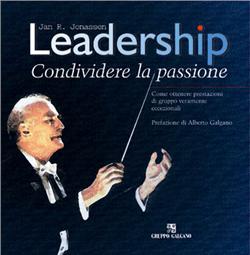 |
|
| L’allenatore J. Grisham |
Leadership Condividere la passione Come ottenere prestazioni di gruppo veramente eccezionali J.R. Jonassen |
|
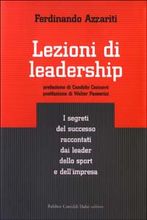 |
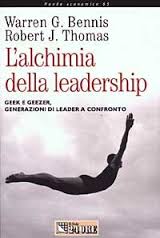 |
|
| Lezioni di leadership I segreti del successo raccontati dai leader dello sport e dell’impresa F. Azzariti |
L’alchimia della leadership Geek e Geezer, generazioni di leader a confronto W.G. Bennis, Robert J. Thomas |
|
 |
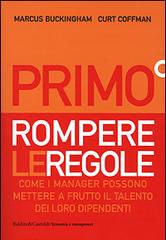 |
|
| Leadership riflessive La ricerca di anima nelle organizzazioni A.Vitello |
Primo. Rompere le regole Come i manager possono mettere a frutto il talento dei loro dipendenti M.Buckingham, C. Coffman |
|
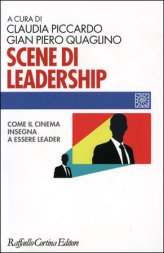 |
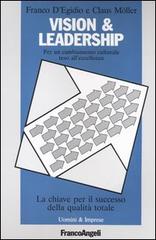 |
|
| Scene di leadership Come il cinema insegna a essere leader A cura di C. Piccardo, G. Quaglino |
Vision & leadership Per un cambiamento culturale teso all’eccellenza F. D’Egidio, C. Moller |
|
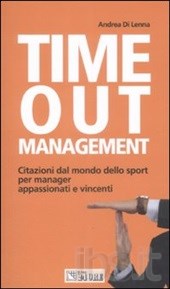 |
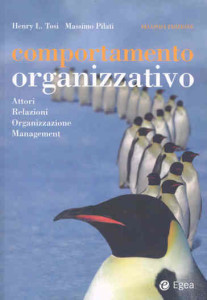 |
|
| Time Out Management Citazioni dal mondo dello sport per manager appassionati e vincenti A. Di Lenna |
Comportamento organizzativo. Attori, relazioni, organizzazione, management T. Henry L., M.Pilati |
|
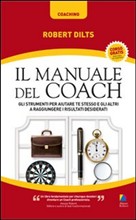 |
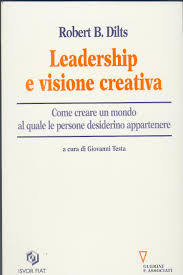 |
|
| Il manuale del coach R. Dilts |
Leadership e visione creativa R. Dilts, G. Testa |
Filmografia consigliata
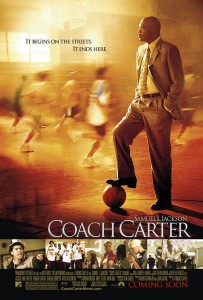 |
 |
 |
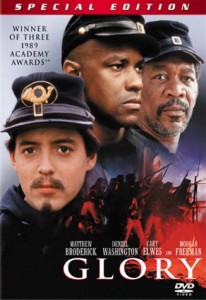 |
| Coach Carter di Thomas Carter |
Dark Blue World di Jan Sverák |
Full metal jacket di Stanley Kubrick |
Glory di Edward Zwick |
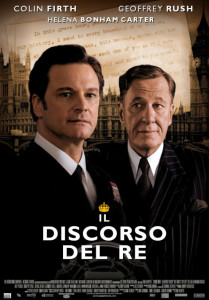 |
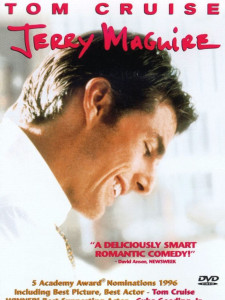 |
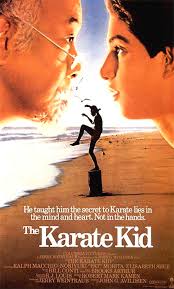 |
 |
| Il discorso del Re di Tom Hooper |
Jerry McGuire di Cameron Crowe |
The Karate Kid di John G. Avildsen |
L’Armata Brancaleone di Mario Monicelli |
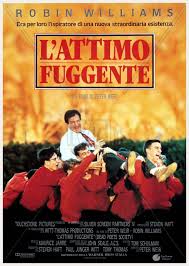 |
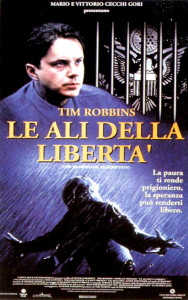 |
 |
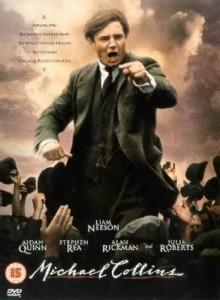 |
| L’attimo fuggente di Peter Weir |
Le ali della libertà di Frank Darabont |
L’ultimo Samurai di Edward Zwick |
Michael Collins di Neil Jordan |
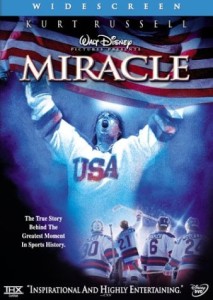 |
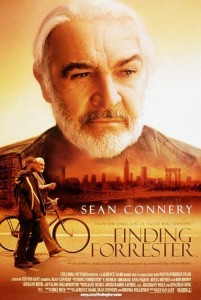 |
 |
|
| Miracle di Gavin O’Connor |
Scoprendo Forrester di Gus Van Sant |
Il gioiellino di A. Molaioli |
Articoli consigliati
Goleman, D., Boyatzis, R., & McKee, A. (2001). Primal leadership: The hidden driver of leadership. Harvard Business Review, December
Goleman, D., Boyatzis, R., & McKee, A. (2002). Primal Leadership: Realizing the Power of Emotional Intelligence. Boston: Harvard Business School Press.
McKee, A., Boyatzis, R.E. & Johnston, F. (2008). Becoming a Resonant Leader: Develop Your Emotional Intelligence, Renew Your Relationships, Sustain Your Effectiveness, Boston: Harvard Business School Press.
Smith, M., Boyatzis, R.E. & Van Oosten, E. (2012). Coach with Compassion. Leadership Excellence, 29:3, 10.
Boyatzis, R.E. & Yeganeh, B. (2012). Mindfulness. Leadership Excellence, 29:3, 4.
Luthans, F., Hodgetts, R.M., and Rosenkrantz, S.A. (1988), Real Managers, Ballinger Press, Cambridge, MA.
Bass, B.M. (1998). Transformational Leadership. Mahwah, NJ; Lawrence Erlbaum.
Hollander, E.P. (2008) Inclusive Leadership: The essential leader-follower relationship; NY: Taylor & Francis Group
Dutton, J. E. (2003). Energize your workplace: How to create and sustain high quality connections at work. San Francisco: Jossey-Bass.
Graen, G. B., & Uhl-Bien, M. (1995). Relationship-based approach to leadership: Development of leader-member exchange (LMX) theory of leadership over 25 years: Applying a multi-level multi-domain perspective. Leadership Quarterly, 6, 219-247.
Boyatzis, R.E. (2012). Neuroscience research shows how resonant relationships are key to inspirational leadership. Ivey Business Journal, on-line January/February, 2012
Boyatzis, R.E., Passarelli, A.P., Koenig, K., Lowe, M., Mathew, B., Stoller, J. & Phillips, M. (2012). Examination of the Neural Substrates Activated in Experiences with Resonant & Dissonant Leaders. Leadership Quarterly. 23:2, 259-272.
Jack, A.I., Dawson, A.J., Begany, K.L., Leckie, R.L., Barry, K.P., Ciccia, A.H., & Snyder, A.Z. (2012). fMRI reveals reciprocal inhibition between social and physical cognitive domains. Neuroimage, 66C, 385-401.
A: Decety, J., & Michalska, K.J. (2010). Neurodevelopmental changes in the circuits underlying empathy and sympathy from childhood to adulthood. Developmental Science, 13(6). 886-899.
Waldman, D. A., Balthazard, P. A., Peterson, S. J., Galvin, B.M. & Thatcher, R.W. (in press). Linking neuroscience, socialized vision, and charismatic leadership. Strategic Management Journal.
Boyatzis, R.E. & Smith, M. (2012). Positive renewal. Leadership Excellence, 29:3, 6
Hatfield, E., Cacioppo, J. T., & Rapson, R. L. (1994). Emotional contagion (studies in emotion and social interaction). New York: Cambridge University Press.
Fowler, J. H., & Christakis, N. A. (2008). Dynamic spread of happiness in a large social network: Longitudinal analysis over 20 years in the Framingham Heart Study. British Medical Journal, 337
Boyatzis, R.E., Smith, M. and Blaize, N. (2006). Sustaining leadership effectiveness through coaching and compassion: It’s not what you think. Academy of Management Journal on Learning and Education. 5(1): 8-24.
Segerstrom, S.C., & Miller, G.E. (2004). Psychological stress and the human immune system: A meta-analytic study of 30 years of inquiry. Psychological Bulletin. 130(4): 601-630.
Taylor, S.E., Klein, L.C., Lewis, B.P., Gruenewald, T.L., Gurung, R.A.R., and pdegraff, J.A. (2000). Biobehavioral responses to stress in females: Tend-andbefriend, not fight or flight. Psychological Review. 107(3), 411-421.
Dickerson, S. S., & Kemeny, M. E. (2004). Acute stressors and cortisol responses: A theoretical integration and synthesis of laboratory research. Psychological Bulletin, 130, 355–391.
McKee, A., Johnson, F. & Massimililan (2006). Mindfulness, hope and compassion: A leader’s road map to renewal. Ivy Business Journal, May/June
Boyatzis, R. & McKee, A. (2005). Resonant Leadership: Renewing Yourself and Connecting With Others Through Mindfulness, Hope, and Compassion. Boston: Harvard Business School Press.
Boyatzis, R.E. (2009). A behavioral approach to emotional Intelligence. Journal of Management Development. 28, 9, 749-770.
Boyatzis, R.E. (2006). Using tipping points of emotional intelligence and cognitive competencies to predict financial performance of leaders. Psicothema, 18: 124- 131.
Goleman, D. & Boyatzis, R. (September, 2008). Social intelligence and the biology of leadership. Harvard Business Review. 86:9, pp. 74-81.
Mayer, J.D., Salovey, P., and Caruso, D.R. (1999). Emotional intelligence meets traditional standards for an intelligence, Intelligence, Vol. 2, pp. 267-298.
Boyatzis, R.E., Stubbs, E.C. and Taylor, S.N. (2002). Learning cognitive and emotional intelligence competencies through graduate management education. Academy of Management Journal on Learning and Education. 1(2). 150-162.
Cherniss, C. and Adler, M. (2000), Promoting Emotional Intelligence in Organizations: Make Training in Emotional Intelligence Effective, American Society of Training and Development, Washington D.C.
Ballou, R., Bowers, D., Boyatzis, R. & Kolb, D. (1999). Fellowship in lifelong learning: An executive development program for advanced professionals. Journal of Management Education, 23(4), 338-354.
Boyatzis, R.E. (2008). Leadership Development from a Complexity Perspective. Consulting Psychology Journal. 60(4). 298-313.
Boyatzis, R.E., Smith, M. & Van Oosten, E. (2010). Coaching for Change: Coaching with Compassion versus Coaching for Compliance. People Matters, 68-71.
Fredrickson, B., & Losada, M. (2005). Positive affect and the complex dynamics of human flourishing. American Psychologist. 60 (7), 678-686.
Gagne, M. & Deci, E.L. (2005). Self-determination theory and work motivation. Journal of Organizational Behavior, 26. 331-362
Higgins, E. T. (1997). Beyond pleasure and pain. American Psychologist, 52:12, 1280-1300.
Boyatzis, R.E. & Foley, E. (2012). Freedom Fighters: Coaching to the Positive in Extreme Negative Situations: Helping Defectors in Their New Home. Coaching at Work.7, (3), 26-29.
Baumeister, R. F., Bratslavsky, E., Finkenauer, C. & Vohs, K.D. (2001). Bad is stronger than good. Review of General Psychology, 5, 323-370.
Boyatzis, R.E., (2005) Core competencies in coaching others to overcome dysfunctional behavior, Emotional Intelligence and Work Performance. Erlbaum. 81-95.
Boyatzis, R.E. & Akrivou, K. (2006). The Ideal Self as a Driver of Change. Journal of Management Development. 25(7): 624-642.
Higgins, E.T. (1987). Self-discrepancy: A theory relating self and effect. Psychological Review, 94, 319-340.
Boyatzis, R., McKee, A., and Goleman, D. (2002). Reawakening your passion for Work. Harvard Business Review. 80(4). 86-94.
Van Oosten, E. & Boyatzis, R.E. (2003). Building the emotionally intelligent Organization. The Ivey Business Journal.
Van Oosten, E. (2006). Intentional Change Theory at the Organizational Level: A Case Study. Journal of Management Development. 25(7), 707-717.
Boyatzis, R.E. (2010). Coaching teams to use emotional, social and cognitive intelligence for sustainable, desired change. In Manfred Kets De Vries and Laura Guillen (eds.). Beyond Coaching; Creating Better Leaders, Teams, and Organizations. 168-180.
Boyatzis, R.E. & Soler, C. (2012). Vision, leadership, and emotional intelligence transforming family business. Journal of Family Business Management.
Ibarra, H. (2003). Working identity: Unconventional strategies for reinventing your Career. Boston: Harvard Business School Press.
Locke, E.A., and Latham, G.P. (1990). A theory of goal setting and task performance. Englewood Cliffs, N.J.: Prentice Hall.
Jim Loehr and Tony Schwartz (2001). The making of a corporate athlete. Harvard Business Review.
Kotter, J.P. (2009). A Sense of Urgency. Boston: Harvard Business School Press.
Bernerth, J. B., Armenakis, A. A., Field, H. S., Giles, W. F., & Walker, H. J. (2007). Leader-member social exchange (LMSX): Development and validation of a scale. Journal of Organizational Behavior, 28, 979-1003.
Uhlbien, M. (2006). Relational leadership theory: Exploring the social processes of leadership and organizing. The Leadership Quarterly, 17(6), 654-676.
Cattaneo, L., & Rizzolatti, G. (2009). The mirror neuron system. Archives of Neurology, 66, 557-560.
Iacoboni, M. (2009). Imitation, empathy, and mirror neurons. Annual Review of Psychology, 60, 653-670.
Decety, J., & Batson, C. D. (2007). Social neuroscience approaches to interpersonal sensitivity. Social Neuroscience, 2, 151-157.
Raichle, M. E., & Snyder, A. Z. (2007). A default mode of brain function: A brief history of an evolving idea. NeuroImage, 37, 1083-1090.
Fowler, J. H., & Christakis, N. A. (2010). Cooperative behavior cascades in human social networks. Proceedings of the National Academy of Sciences, 107(12), 5334 –5338.
Wijewardena, N. (2011). How workplace events change employee emotions, behavior. Daily Mirror Online
McClelland, D.C. (1973), Testing for competence rather than intelligence, American Psychologist, Vol. 28 No. 1, pp. 1-40.
Matthews, G., Zeidner, M. and Roberts, R.D. (2002), Emotional intelligence. Science and myth, The MIT Press, Cambridge, Massachusetts.
Prochaska, J.O., DiClemente, C.C., & Norcross, J.C. (1992). In search of how people change: Applications to addictive behaviors. American Psychologist. 47(9). pp. 1102-1114
Goetz, J. L., Keltner, D., & Simon-Thomas, E. (2010). Compassion: An evolutionary analysis and empirical review. Psychological Bulletin, 136, 351-374.
Leonard, D. C. (2008). The impact of learning goals on emotional, social, and Cognitive intelligence competency development. Journal of Management Development, 27(1), pp. 109-128.
Kotter, J.P. (1996) Leading Change. Cambridge, MA: Harvard Business School Press
Robert Goffee , Gareth Jones Why should anyone be led by you? HBR, September 2000
Vanessa Urch Druskat and Steven B. Wolff Building the emotional intelligence of groups HBR, Marzo 2001
G. Oster Emergent Innovation_a new strategic paradigm Journal of strategic leadership, Vol. 2 Iss. 1, pp. 40-56, 2009
Kathleen M. Eisenhardt, Jean L, Kahwajy, and LJ. Bourgeois III How management teams can have a good figth HBR, 1997
How To Effectively Manage a Global Workforce Workspan, January 2013
Alessandro Pluchino , Andrea Rapisarda, Cesare Garofalo Le insidie del principio di Peter Psicologia contemporanea, Giugno 2010
Creare una performance sostenibile, HBR Gennaio Febbraio 2012
Imparare il charisma HBR Settembre 2012
Trovare soluzioni Hard per misurare la leadership soft HBR Gennaio Febbraio 2011
Come progettare un modello di business vincente HBR Gennaio Febbraio 2011
Una leadership a 360 gradi HBR Gennaio Febbraio 2011
Da comandante a CEO HBR Gennaio Febbraio 2011
Quattro principi di leadership adattiva HBR Gennaio Febbraio 2011
Come misurerete la vostra vita? HBR Settembre 2010
Il mentoring per i millennial HBR Maggio 2010
La prossima generazione di leader HBR pp37 Maggio 2010
La leadership nell’era della trasparenza HBR Aprile 2010
Lezioni di leadership dall’India HBR Marzo 2010
La natura dell’obbedienza Mente e Cervello Giugno 2012
Il segreto del charisma Mente e Cervello Dicembre 2012
La cieca obbedienza Mente e Cervello Aprile 2013
